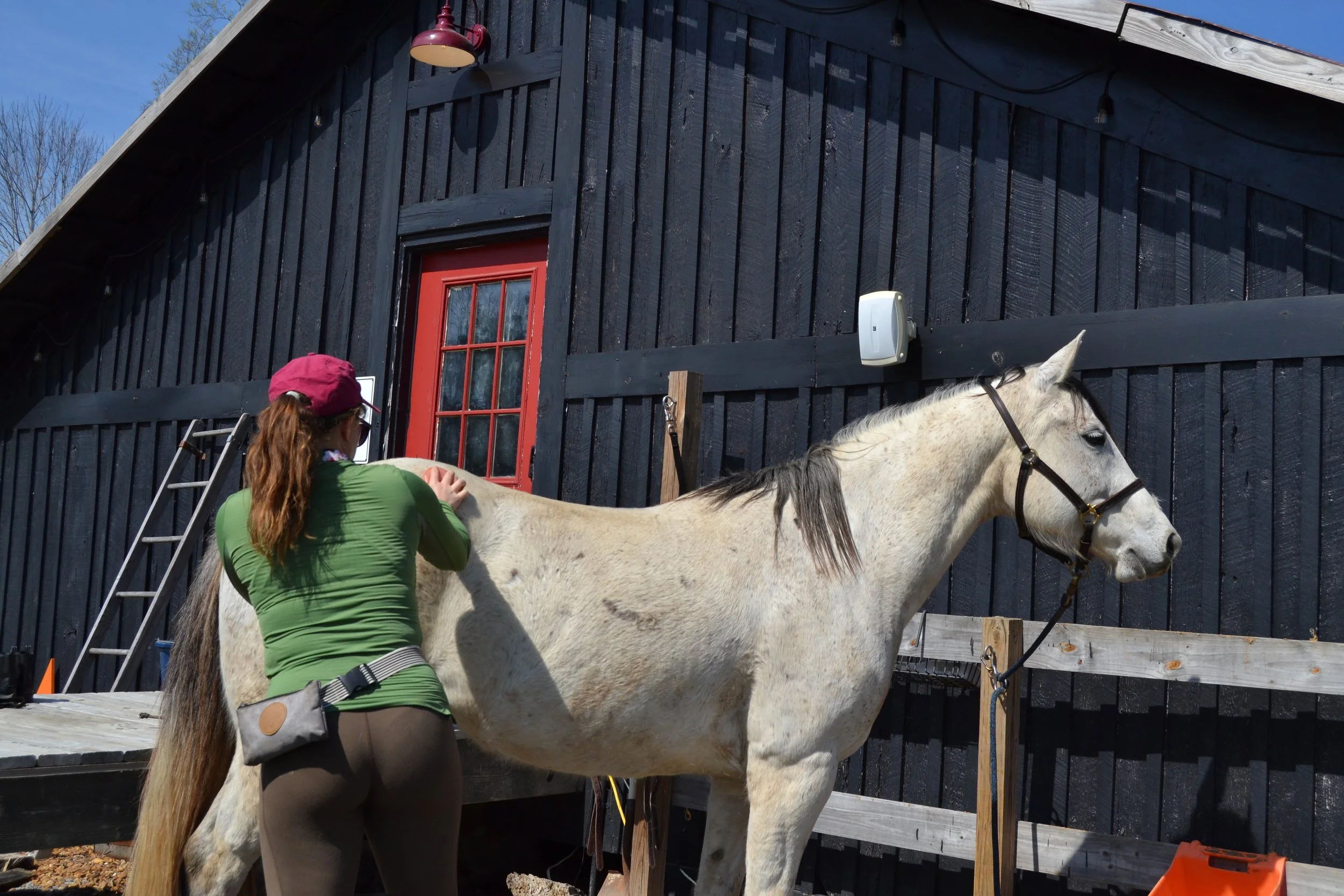Consent ≠ Chaos
When I talk about giving horses more consent and choice in their training and care, some people picture a horse running wild in a field, doing whatever they want, while the human stands by helplessly.
Others imagine a total lack of boundaries, zero structure, and no plan for what happens if an emergency occurs.
That’s not what consent-based horsemanship is. At all.
Prioritizing consent and choice is not about throwing safety, training, or boundaries out the window. It’s about building a relationship where the horse’s voice matters, while still keeping clear communication, consistent expectations, and solid safety skills in place.
What it looks like:
Paying attention to your horse’s body language and behavior as feedback
Offering options when possible like “start button” behaviors, breaks, or alternative ways to complete a task
Building skills so cooperation becomes the horse’s choice instead of something forced
Here’s what it’s not:
Ignoring dangerous behavior
Removing all structure or expectations
Skipping the training needed to handle emergencies
Giving the horse free rein in unsafe situations
In fact, a consent-based approach often makes handling safer:
Horses who know they’ll be listened to are less likely to escalate into dangerous behaviors
Early signs of discomfort are addressed before things get big
Cooperative care and safe-handling skills are taught before they’re needed in emergencies, so everyone knows what to do under pressure
Respect and boundaries go hand in hand. I can acknowledge my horse’s “no” in a training session and still teach them how to calmly load in a trailer, stand for the vet, or move quickly in an emergency.
Consent-based horsemanship doesn’t mean losing control, it means replacing control through force with cooperation through trust.
When safety, clarity, and choice work together, we create horses who are not only more willing, but also more reliable and secure in any situation.

